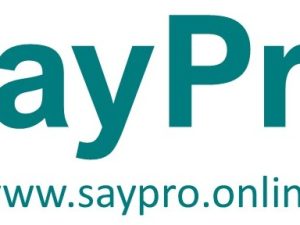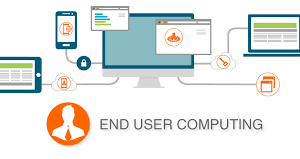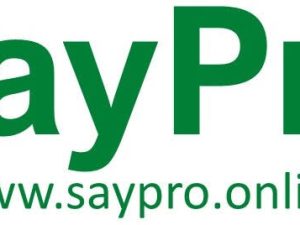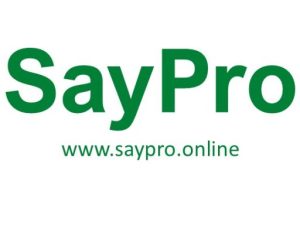- Description
- Curriculum
- Reviews
Course Overview
This course provides a deep dive into Microsoft Excel for efficient data handling, analysis, and business decision-making. Ideal for professionals who handle large datasets, build reports, or perform analytics.
Course Duration
3 Days (6 hours per day) – Hands-on sessions, exercises, and practical case studies
Day 1: Foundations of Excel and Core Functions
Module 1: Excel Basics and Navigation
-
Understanding the Excel interface and workbooks
-
Formatting cells, rows, columns, and worksheets
-
Sorting and filtering data
Module 2: Core Formulas and Functions
-
Using basic arithmetic and logical formulas
-
Key functions: SUM, AVERAGE, IF, COUNTIF
-
Advanced functions: SUMIF, VLOOKUP, XLOOKUP
-
Troubleshooting formulas and using Formula Auditing
Day 2: Data Analysis and Visualization
Module 3: PivotTables & PivotCharts
-
Creating PivotTables to summarize large data sets
-
Grouping, filtering, and slicing data
-
Generating PivotCharts for visual insights
-
Best practices in layout and interpretation
Module 4: Data Visualization Techniques
-
Applying Conditional Formatting to highlight trends
-
Inserting Sparklines to show mini visual trends
-
Creating charts: bar, column, line, pie, combo
-
Customizing charts and visual elements for clarity
Day 3: Automation, Transformation & Business Application
Module 5: Power Query – Data Cleaning & Transformation
-
Importing data from various sources (Excel, CSV, web)
-
Removing duplicates, splitting/merging columns
-
Using Power Query Editor for advanced transformations
-
Creating reusable queries
Module 6: Macros & VBA Automation Basics
-
Recording and modifying simple macros
-
Introduction to VBA editor and syntax
-
Automating repetitive tasks in workbooks
-
Macro security and enabling trusted content
Module 7: Financial Modeling & Business Analytics
-
Creating dynamic models using named ranges and data validation
-
Scenario analysis with What-If tools (Goal Seek, Data Tables)
-
Forecasting using historical data
-
Building a basic financial model (P&L, cash flow, breakeven)
Course Outcomes
Participants will be able to:
-
Use Excel to analyze, visualize, and automate data workflows
-
Build models and dashboards for real-time insights
-
Perform financial and operational data evaluations
Target Audience
-
Finance professionals, analysts, data managers
-
Business managers, consultants, administrators
-
Any professionals handling data or financial reporting
SayPro Microsoft PowerPoint (Presentations & Storytelling) Training Course
Course Overview
This course focuses on creating professional, engaging, and visually effective PowerPoint presentations for storytelling, training, and communication purposes.
Course Duration
2 Days (6 hours per day) – Interactive lessons with exercises and presentation critiques
Day 1: Designing Professional Presentations
Module 1: Slide Design and Layout
-
Working with layouts, themes, and slide masters
-
Using gridlines, alignment tools, and guides
-
Consistent branding and visual design principles
Module 2: Animations & Transitions
-
Applying animations for emphasis
-
Setting transitions between slides
-
Animation Pane and timing control
-
Best practices to avoid overuse
Module 3: Embedding Multimedia
-
Inserting images, icons, and SmartArt
-
Adding videos and audio clips
-
Using 3D models and interactive graphics
-
Optimizing media for performance
Day 2: Delivery, Collaboration & Interactive Content
Module 4: Presenter Tools
-
Using Presenter View effectively
-
Setting up slide timings and rehearsal
-
Printing speaker notes and handouts
-
Tips for public speaking and engaging audiences
Module 5: Collaboration and Sharing
-
Co-authoring presentations in real time
-
Using OneDrive and SharePoint for version control
-
Sharing permissions and export options (PDF, video)
Module 6: PowerPoint for E-Learning & Interactivity
-
Designing interactive decks using action buttons
-
Creating quizzes, navigation menus, and branching
-
Embedding videos and simulations for training
-
Exporting presentations as SCORM-compliant packages (with add-ins)
Course Outcomes
Participants will be able to:
-
Design modern, branded presentations
-
Deliver presentations confidently with multimedia support
-
Create interactive content for training or online delivery
Target Audience
-
Trainers, marketers, and business presenters
-
Corporate communication teams
-
Educators, consultants, and content developers
Recent Posts
- SayProCHAR – Daily Activity Report
- Daily Activity
- Sayprochar Daily Activity
- SayProCHAR- Daily Activities Report Links.
- SayPro Daily Activity ReportSayProCode: SayPro SCHARPosition: Education OfficerInternship/Learnership: LearnershipFull Name: Phidelia DubeDate: 20 May 2025 In Partnership With: SETA/Funder: SayPro




